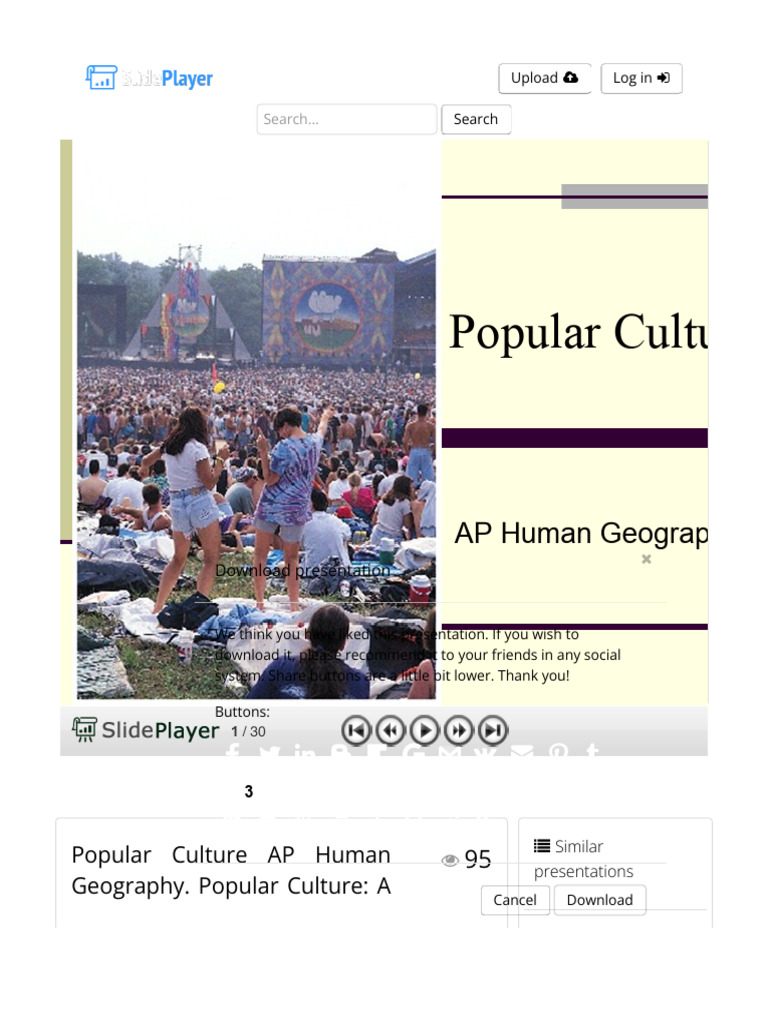In the realm of human geography, the concept of a cultural complex emerges as a kaleidoscope of interwoven traditions, beliefs, and practices that characterize a group or society. This intricate tapestry is not merely a collection of isolated threads; rather, it is a vibrant narrative that reflects the multifaceted essence of human identity. Within this context, examining a cultural complex provides insightful perspectives on societal dynamics, particularly in regard to how environmental consciousness is interlaced within cultural constructs.
To illustrate the notion of a cultural complex, one might conjure an image of a grand, ancestral tree. Its roots dig deep into the earth, pulling from the nutrient-rich soil of history, while its branches stretch wide, reaching out to embrace the skies of modern values and aspirations. Just as this tree flourishes through symbiotic relationships with its surroundings, a cultural complex thrives through the interplay of various elements, including language, religion, cuisine, social habits, music, and art.
Take, for instance, the cultural complex surrounding the concept of “local food.” In many societies, the notion of eating foods that are in season and grown nearby speaks volumes about regional identity and environmental awareness. This cultural phenomenon encapsulates various layers—it’s about more than just taste. It reflects an ethos of sustainability, a rejection of the globalization of palate. Chains of food production and consumption intertwine with local economies and environmental stewardship, forming a robust framework of cultural identity.
Furthermore, the intricate relationship between culture and environment can be elucidated through the lens of traditional ecological knowledge (TEK). Indigenous communities, for example, craft their existence around deep-rooted cultural practices that are harmonized with their natural surroundings. Their understanding of seasonal cycles, local flora and fauna, and sustainable practices works in concordance with their cultural narratives. This profound relationship embodies a cultural complex that advocates for environmental sustainability as central to cultural identity.
A poignant metaphor arises when considering the tapestry of culture as a living organism. Each thread in this tapestry contributes to the overall integrity while also showcasing unique attributes—the fibers of tradition, the dyes of innovation, and the patterns of communal values. The communal aspect of culture forms a vital component of this organism. When individuals gather to celebrate local festivals, they are not merely participating in a timeline of events; they are engaging in a shared act of heritage that strengthens community ties and emphasizes environmental accountability.
The intricate dances of cultural exchange also shape a cultural complex, as seen in urban settings where globalization creates a melting pot of ideas and practices. The fusion of cultural elements can propel new environmental movements, igniting a collective awareness that transcends localized issues. This amalgamation, while potent in its potential for fostering understanding, also underscores the importance of preserving unique cultural narratives. The danger of cultural homogenization, where local practices are overshadowed by dominant economic narratives, becomes a pressing concern for environmental activists seeking to safeguard both culture and environment.
The metaphor of a garden encapsulates the vitality of a cultural complex—in this garden, cultivators carefully tend to a variety of plants, each contributing to the overall ecosystem. Some plants may thrive under the shade of larger trees, signifying how minority cultures can flourish under the protective canopy of more dominant cultures while still enriching the garden through unique traits. Conversely, the encroachment of invasive species—representing unbridled industrialization—threatens this delicate balance, emphasizing the necessity of sustainable practices in preserving both the ecosystem and the cultural heritage ingrained within it.
Examining cultural responses to climate change provides another illuminating example of a cultural complex at work. In the face of an existential threat, communities often turn to their deep-seated practices as a means of resilience. For instance, in coastal regions, the adaptation of fishing practices to align with shifting marine ecosystems speaks volumes about the role of culture in enhancing resilience. Here, traditional knowledge informs modern strategies, creating a cultural complex that embodies both historical wisdom and contemporary necessity.
Ultimately, the interplay between culture and the environment highlights a crucial paradox: as societies evolve and expand, the need to safeguard cultural identities grows ever more vital. Cultural complexes act as an antidote to the erasure of identity, illustrating that environmental activism and the preservation of cultural narratives are inextricably linked. The preservation of cultural heritage cannot be divorced from environmental stewardship; they are two sides of the same coin, forming a holistic approach to addressing climate change.
In conclusion, the captivating narrative of a cultural complex offers profound insights into the intersections of identity, society, and the environment. Just as an intricately woven tapestry can withstand the test of time through its diverse threads, a vibrant cultural complex can cultivate a future where environmental sustainability is seamlessly integrated into the very fabric of cultural identity. Thus, embracing the richness of cultural complexities empowers individuals to forge a more sustainable and inclusive future, fostering resilience against the inevitable changes that lie ahead.
